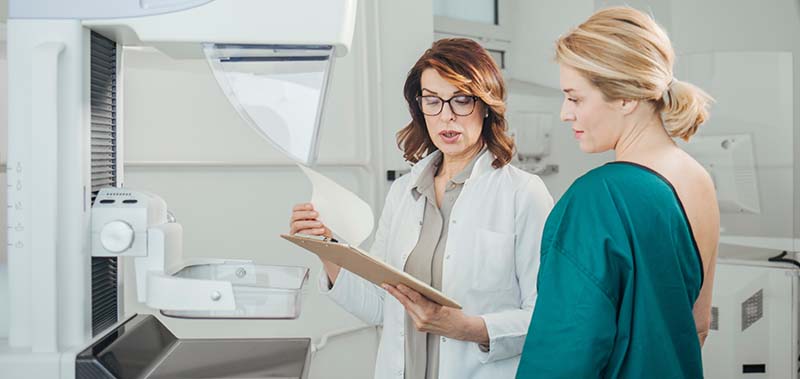Ductal Carcinoma in Situ (DCIS)
DCIS is a type of non-invasive breast cancer. It's not life-threatening, but when you have this type of cancer, it could increase your risk of invasive breast cancer development later on. Around one in five new breast cancers will end up being DCIS. Almost all women with this early stage DCIS can be cured.
Sometimes when you receive a non-invasive diagnosis, it could mean you're at a greater risk for the development of breast cancer in the future.
Lobular Carcinoma in Situ (LCIS)
Sometimes referred to as intralobular or neoplasia, this type of cancer isn't considered a pre-cancer or cancer since, without treatment, it doesn't become invasive cancer. It actually indicates you could possibly develop breast cancer in the future.
LCIS is typically diagnosed before you experience menopause, usually between the ages of 40 and 50 years old. Less than 10% of women who received an LCIS diagnosis have already experienced menopause. It's very rare in men.
Invasive Ductal Carcinoma (IDC)
This is the most common type of breast cancer, with between 70 and 80% of breast cancer diagnoses in this category, affecting both women and men. Sometimes referred to as infiltrative ductal carcinoma, IDC irregular cancer cells that start forming in your milk ducts begin spreading into other breast tissue areas. Invasive cancer cells also have the ability to spread to other body parts.
Invasive Lobular Carcinoma (ILC)
This type of cancer begins in your lobules (milk-producing glands) and could potentially spread to other body parts. ILC accounts for 10% to 15% of breast cancers and is the next most common type.

